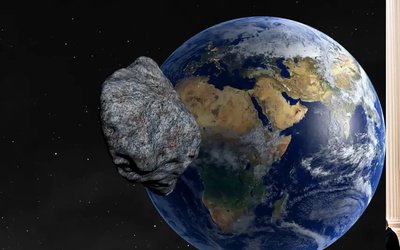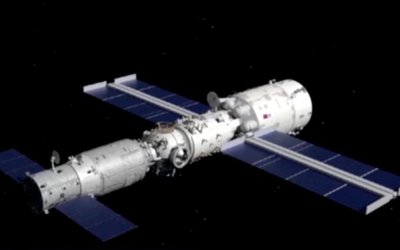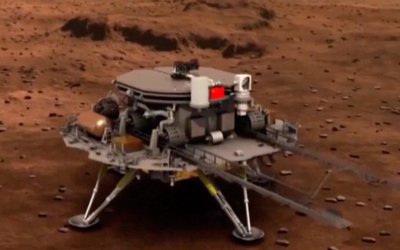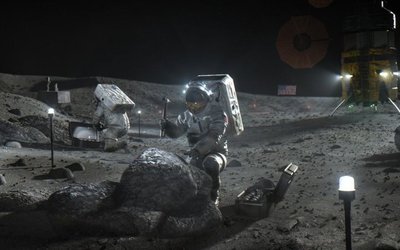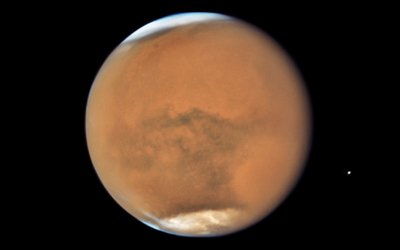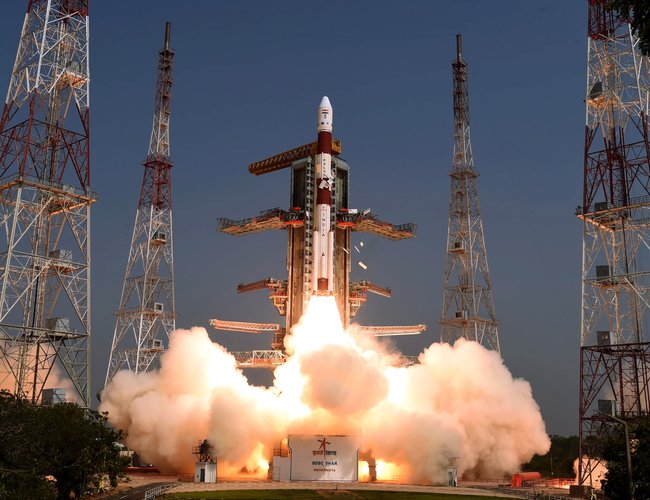
India has successfully launched its second lunar mission a week after it halted the scheduled blast-off due to a technical snag.
Chandrayaan-2 was launched at 14:43 local time (09:13 GMT) on Monday from the Sriharikota space station.
India's space chief said his agency had "bounced back with flying colours" after the aborted first attempt.
India hopes the $150m (£120m) mission will be the first to land on the Moon's south pole.
The spacecraft has entered the Earth's orbit, where it will stay for 23 days before it begins a series of manoeuvres that will take it into lunar orbit. The lift-off was broadcast live on TV and the space agency's official social media accounts.
There was applause in the Indian Space Research Organisation (Isro) control room minutes after the launch, as the rocket took off towards the outer atmosphere.
It is the most complex mission ever attempted by the agency. "It is the beginning of a historical journey of India towards the moon," said Isro chief K Sivan in a speech after the launch.
He thanked and congratulated all those who had worked on the mission: "It is my duty to salute all the people who have done the work." Prime Minister Narendra Modi praised the mission for being "fully indigenous".
The countdown on 15 July was stopped 56 minutes before launch after a "technical snag was observed in [the] launch vehicle system", according to Isro. Indian media have reported that a leak from a helium gas bottle in the cryogenic engine of the rocket was to blame.
The fuel from the rocket was drained and the scientists resolved the glitch.
"It was a simple to fix [but it was] a serious problem that could have resulted in total failure," said a source at Isro.
What is this mission all about?
India's first lunar mission in 2008 - Chandrayaan-1 - did not land on the lunar surface, but it carried out the first and most detailed search for water on the Moon using radars.
Chandrayaan-2 (Moon vehicle 2) will try to land near the little-explored south pole of the Moon.
The mission will focus on the lunar surface, searching for water and minerals and measuring moonquakes, among other things.India is using its most powerful rocket, the Geosynchronous Satellite Launch Vehicle Mark III (GSLV Mk-III), in this mission. It weighs 640 tonnes (almost 1.5 times the weight of a fully-loaded 747 jumbo jet) and at 44 metres (144ft) is as high as a 14-storey building.
Source: BBC World Service
- Kathmandu Chronicle: Reclaiming India-Nepal Relations
- Apr 20, 2024
- India Provided Financial Support To Build Schools In Darchula
- Apr 20, 2024
- Iranians Protest After Attack
- Apr 20, 2024
- Weather Forecast: Light Rain Is Likely To Occur At Few Places In Koshi, Bagmati, Gandaki And Karnali Provinces
- Apr 20, 2024
- Japanese Ambassador Kikuta And DPM Shrestha Shared The Views to Deepen Nepal-Japan Bilateral Relations
- Apr 19, 2024

